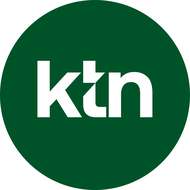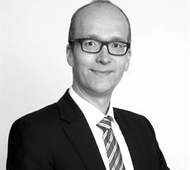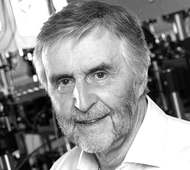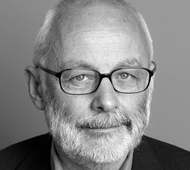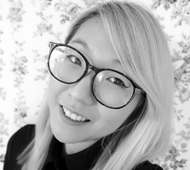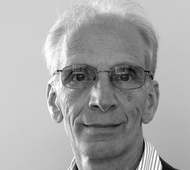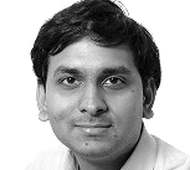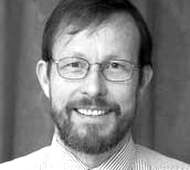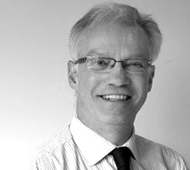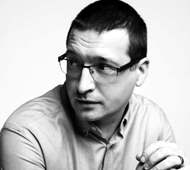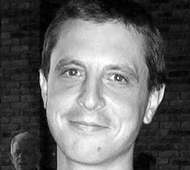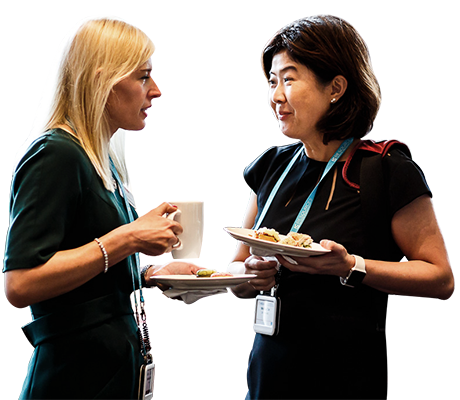Robust time and synchronisation play major roles in positioning, from the high accuracy and precision required by GNSS satellites and LiDAR to radar, cellular positioning technologies and ultrasound ranging.
In the cellular world, successive technology generations have demanded stricter synchronisation amongst network entities. Maintaining accurate time to the edges of networks is one challenge, as is robust distribution in a network that may contain unknown or variable delays and attack threats is another.
Demands from financial services, broadcasting and power transmission are also challenging.
With the introduction of 5G imminent and connected autonomous vehicles on the horizon, how will the requirements for time accuracy and availability change?
We shall explore the implications of technological advances given by the exceptionally high accuracy of quantum and optical lattice clocks. We will also look at trade-offs between performance and size, weight, power, cost, robustness and environmental tolerances, including, for example, MEMS and graphene oscillators.
This event is kindly hosted by the National Physical Laboratory (NPL). The event is delivered by The CW Location SIG in partnership with The KTN and supported by UK5G.
You can follow @CambWireless on Twitter and tweet about this event using #CWLocation.

